Our Machining Capabilities
25 Long Years Of Manufacturing Excellence With Quality At It’s Best!
Our Machining Capabilities
We offer a wide range of high-precision machining services to meet the needs of different industries and customers.
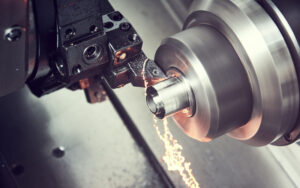
CNC Turning
We provide high-precision CNC turning services for metal and plastic materials to ensure product size and surface finish.

CNC Milling
We are capable of machining complex shaped parts and can meet various complex design requirements.

CNC Grinding
Suitable for parts that require a fine finish, with extremely high precision and surface finish.
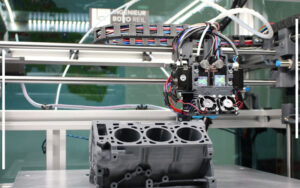
3D Printing
Suitable for rapid prototyping and small batch production, supporting the design of complex structures.

Laser Cutting
Used for complex parts in high hardness materials to ensure precise surface quality.
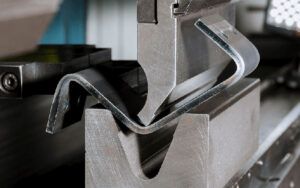
Sheet Metal Fabrication
Our sheet metal processing services include cutting, bending and welding.
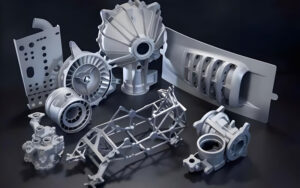
Rapid Prototyping
Shorten development cycles and support prototypes and small-lot production.

Surface Treatment
We provide painting, anodizing and plating to enhance appearance and performance.
Materials
The following are common materials we can process:
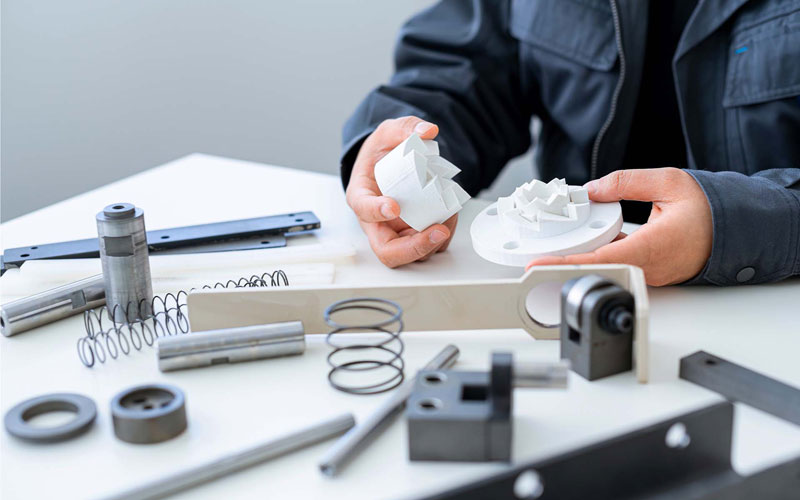
Metals
Metallic materials are rugged and offer excellent strength and durability.
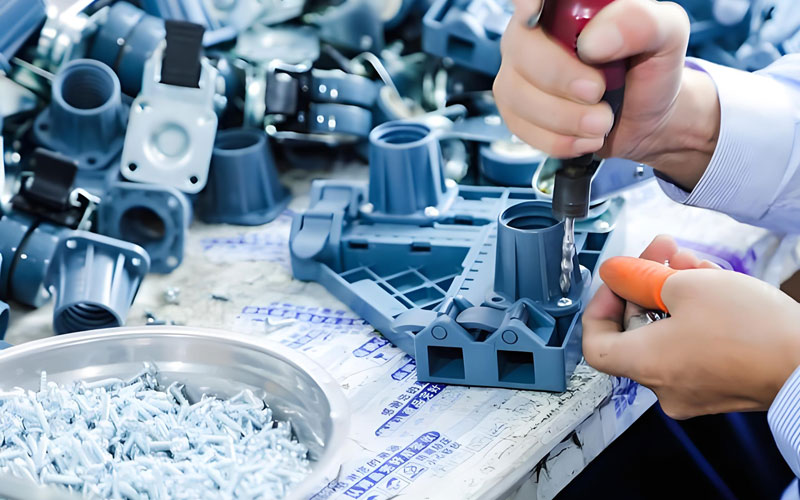
Plastics
Lightweight and flexible, used in a wide range of industries.
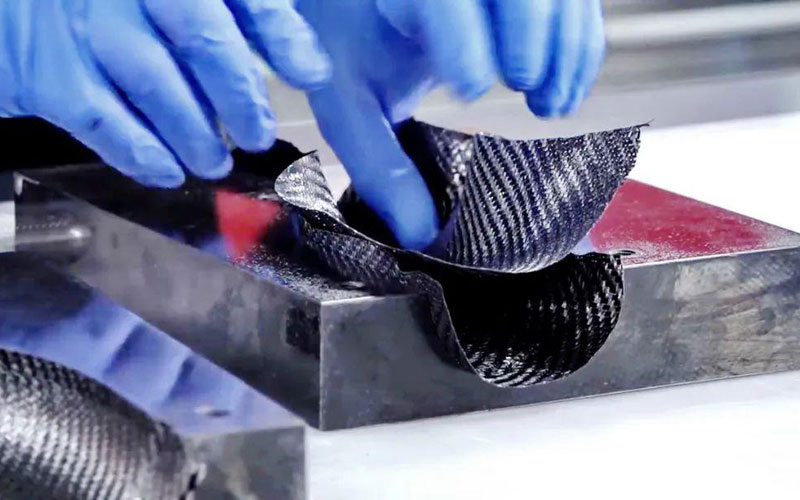
Composites
High-performance materials that combine strength and lightweight.
Our machined parts
We offer machining services for rapid prototypes and low- to large-volume production in many industries, such as medical devices, aerospace, automotive, defense, electronics, hardware startups, industrial automation, machinery, marine, and robotics.


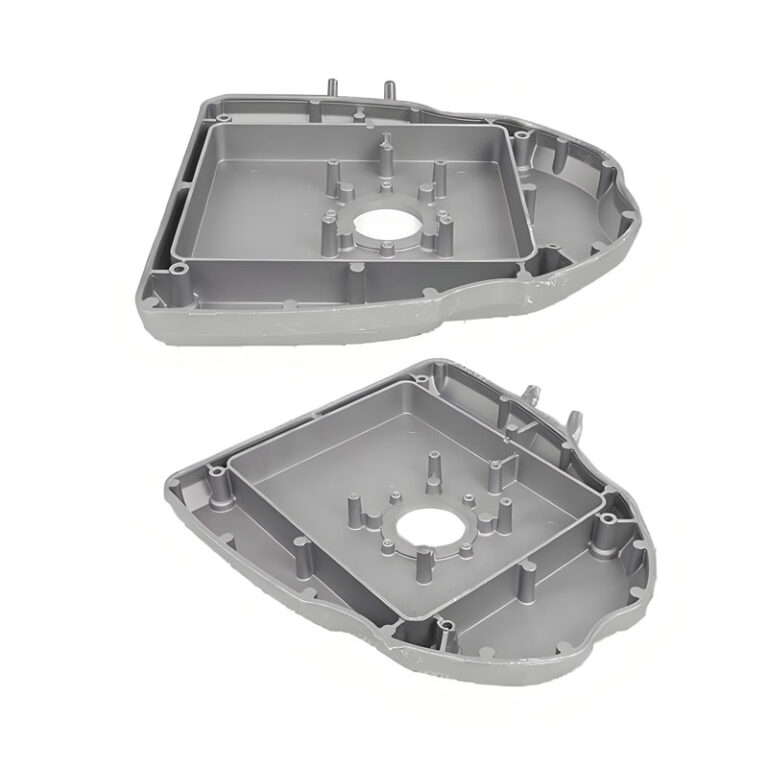
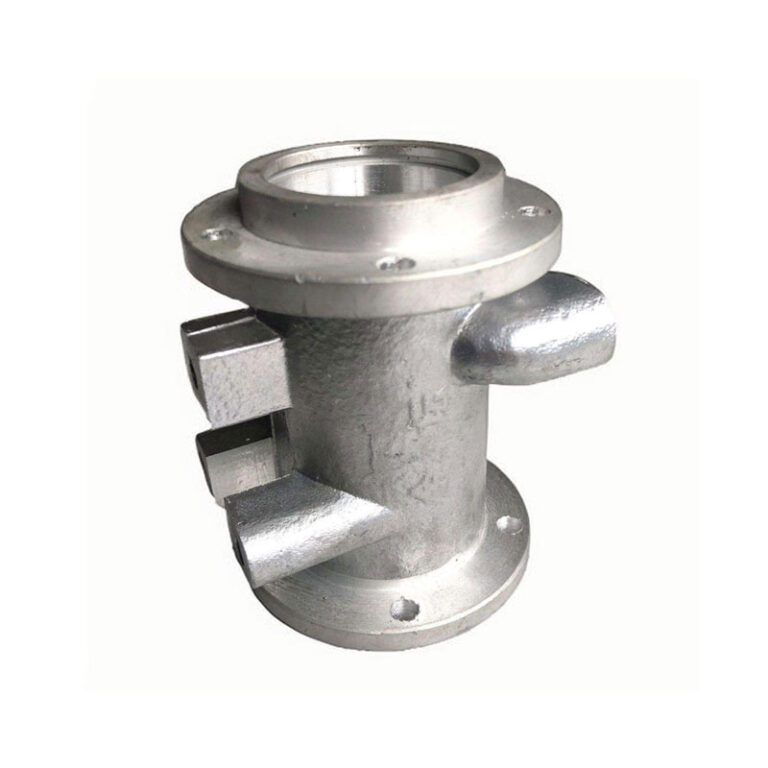
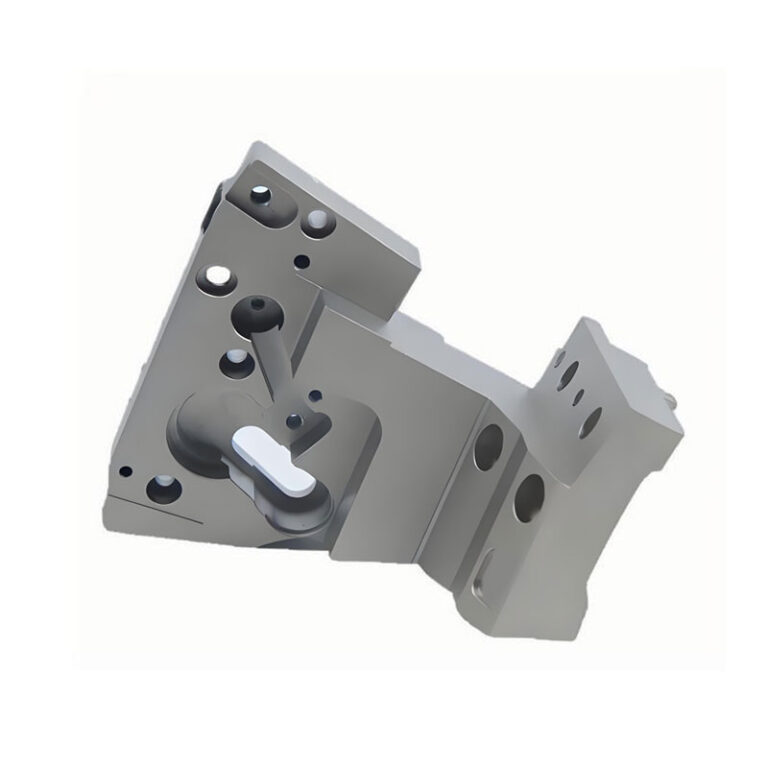

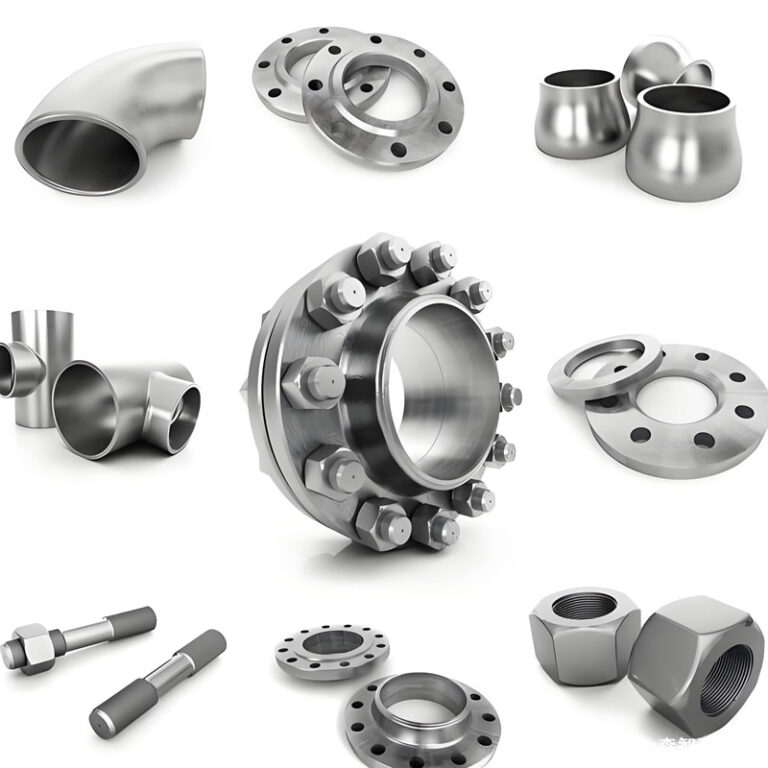



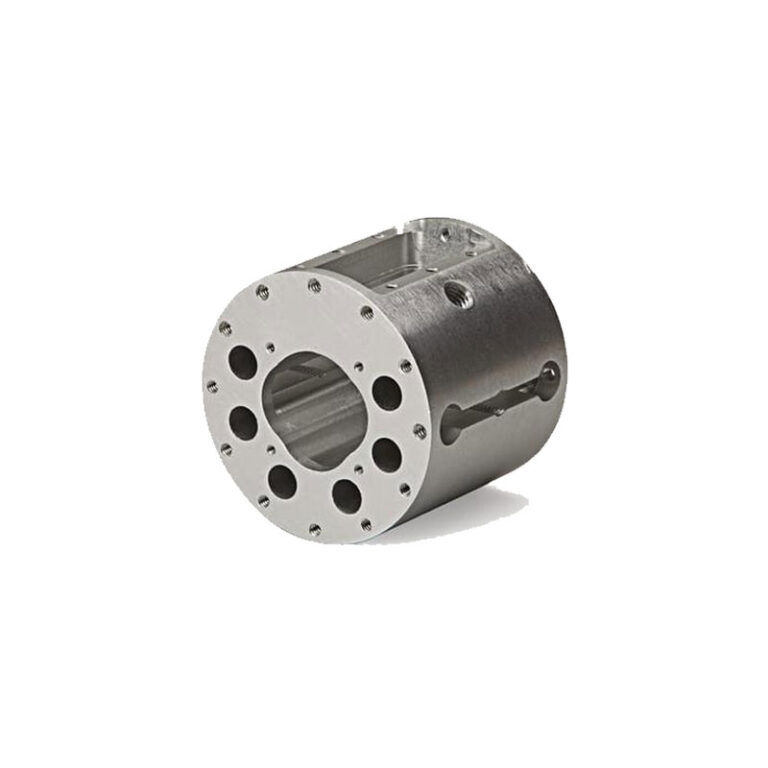
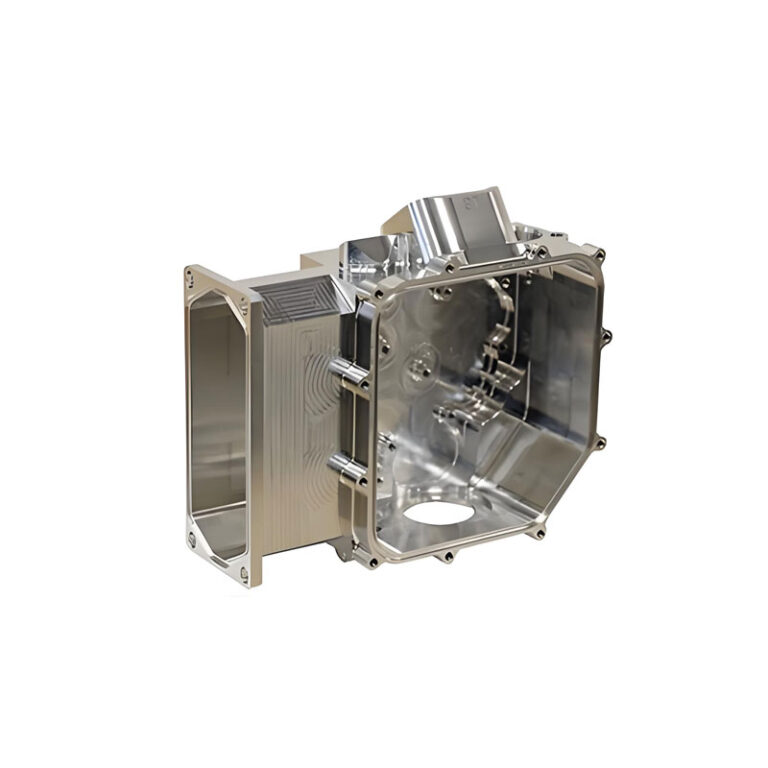
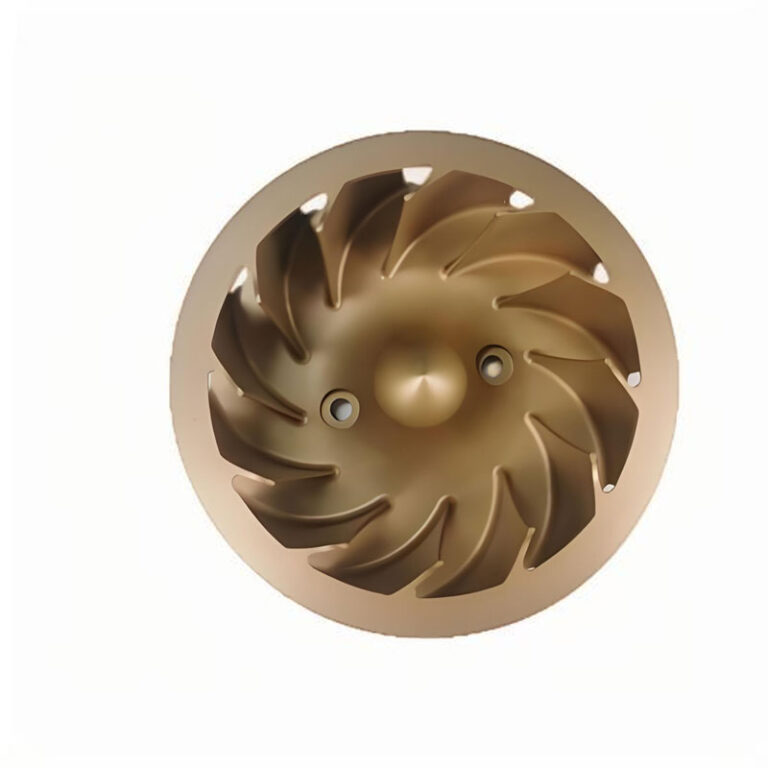

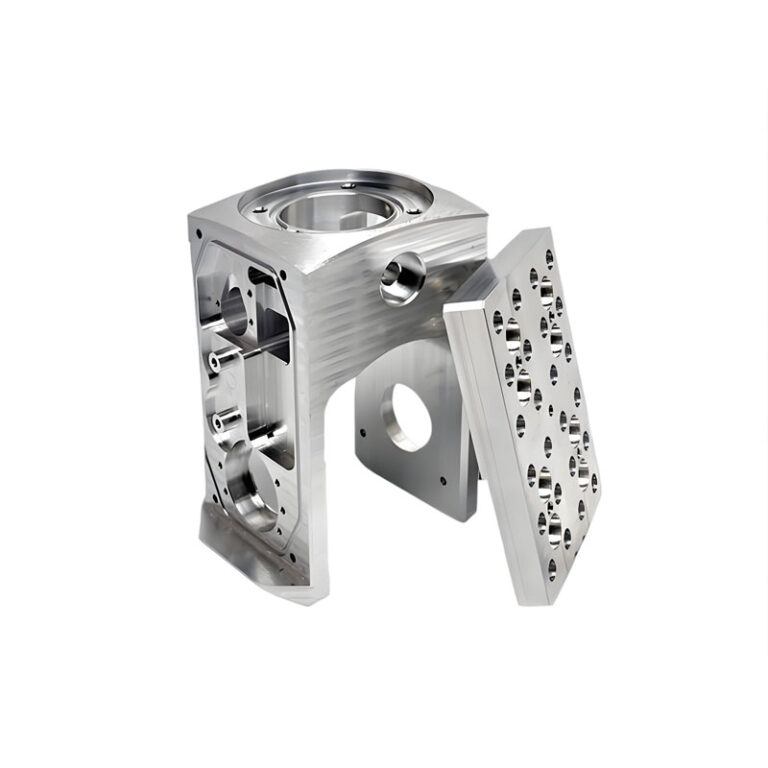


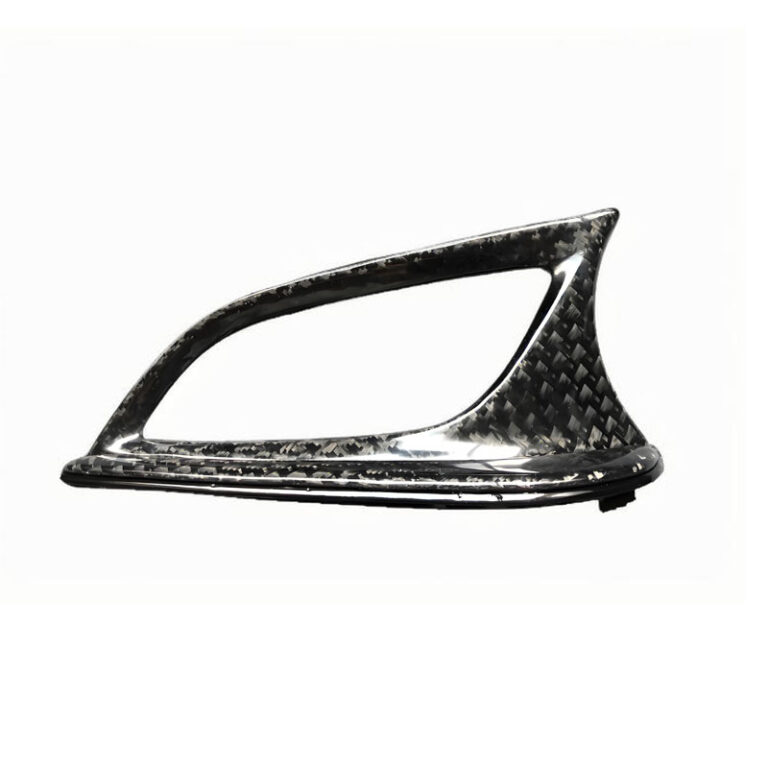
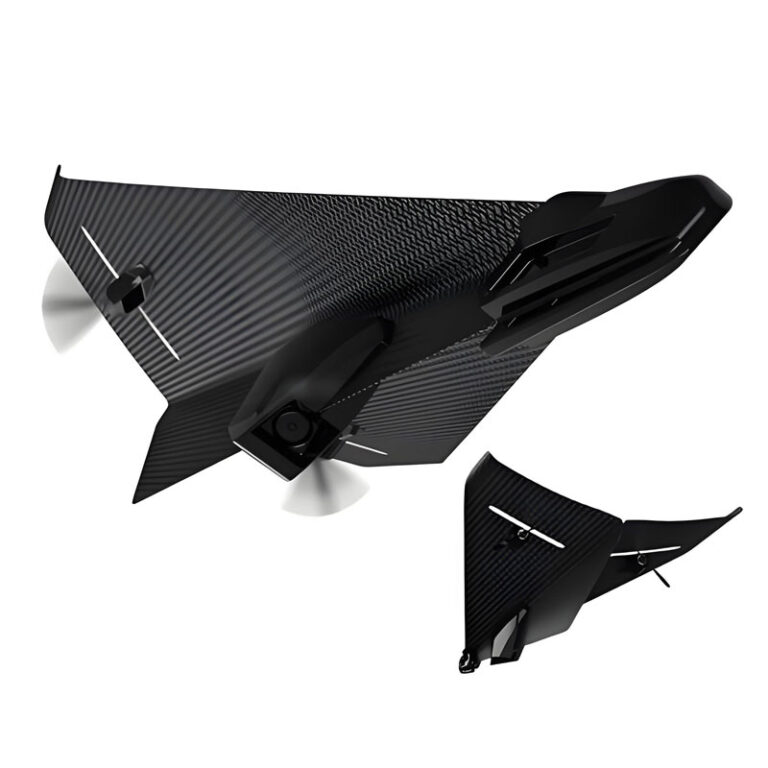
How CNC Machining Works: An Overview
CNC machining is a subtractive manufacturing process that employs computerized controls and machine tools to remove portions of a stock material till the desired custom part is made from the workpiece.
The machining process starts with the creation of a CAD (Computer-Aided Design) model of the desired part, which is then loaded into a CAM (Computer-Aided Manufacturing) software and converted to a set of computer instructions.
This set of instructions (or G-code) allows the machine to execute different cutting operations at high speed (thousands of RPM) till the desired custom part is made.
Both CNC machining and 3D printing rely on CAD files and computer inputs to transform a starting material into desired custom parts. However, unlike the subtractive CNC machining process, 3D printing is an additive machining process. It revolves around adding materials in layers to build the desired custom part.
CNC machining offers a wide range of material options, whereas 3D printing only works with plastics, polymers, and a few metals that are available in powdered form. Additionally, CNC machined parts are usually stronger than 3D printed parts; as such, CNC machining is ideal for prototyping and production of functional parts.
CNC machines come in many varieties, with each type having its unique functions.
CNC turning and milling machines feature built-in tools for cutting and drilling the workpiece till the custom CNC part is made. They are available in 3-, 4-, and 5-axis configurations, depending on the part complexity.
The CNC milling process involves the workpiece being held in place while the cutting tools rotate around it, whereas in CNC turning, the workpiece is rotated around the fixed cutting tools to create the desired shape.
Unlike CNC milling and turning machines that rely on cutting tools, CNC Electric Discharge Machines (EDM) utilize electric sparks to manipulate materials into the desired shape.
